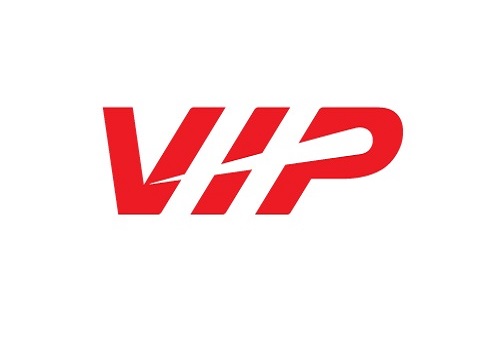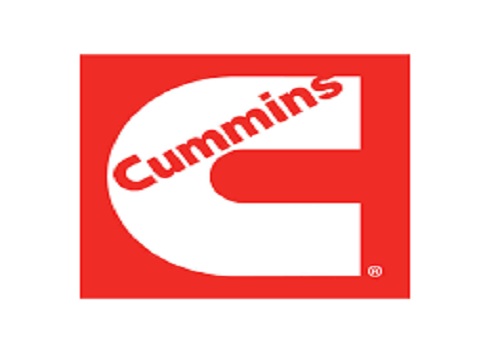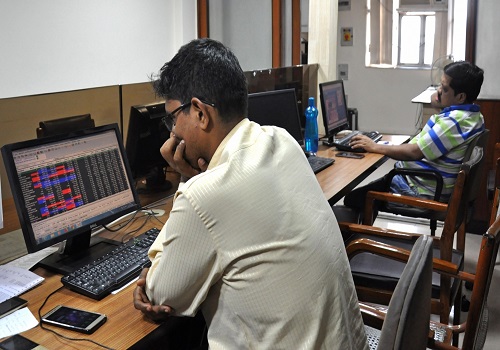Equity Outlook April 2023 Christy Mathai, Quantum AMC

Below Equity Outlook April 2023 by Pankaj Pathak, Fund Manager- Fixed Income, Quantum Mutual Fund
The S&P BSE SENSEX was flat at 0.05% on a total return basis in the month of March 2023 while S&P BSE Midcap Index & S&P BSE Small cap Index declined by -0.3% and -1.3% respectively. Utilities, Energy, FMCG, Capital goods, and Healthcare outperformed the index with meaningful positive returns. IT, Auto, and Realty sectors witnessed a decline w.r.t index for the month of March.
The broader rally in the Utilities sector was driven by a bounce back in stocks of a specific conglomerate after a capital infusion from a global fund. Certain stocks within the energy sector rallied on tariff revision by the regulator. The IT sector was particularly hit by BFSI vertical exposure after the fallout of certain global banks. Autos were also weak in anticipation of a weaker number in tractors and 2W. Within broader financials, AMC stocks were impacted due to the removal of taxation benefits to a certain category of funds; banking was largely flat despite the turmoil in the global banking sector.
Despite the negative global news flow, global indices did well with S&P 500 advancing by 3.6%, the broader MSCI EM index growing by 3.0% and MSCI World Index growing by 3.1%. Rally in these indices was driven by a narrative around inflation moderating and expectation of the Fed going slow on rate hikes, especially on the backdrop of the banking crisis. In comparison, India after a strong CY22 performance is underperforming many of its global peers YTD. Fed continued to tighten, with a 25bps interest rate hike during the month; broader commentary suggests the interest rates will remain at elevated levels.
In terms of flows for the month, FPIs bought USD 1.5bn (the bulk of the inflows attributed to a large investment in one specific conglomerate by a global fund). Domestic institutional investors were buyers with purchases worth USD 3.7 bn. Trends (adjusted for large investment by the global fund in March - 2023) seem to be in line with what we witnessed in the calendar year 2022, where FPIs have recorded a net outflow of USD 16.5 bn while DIIs recorded a net inflow of USD 35.8 bn.
Quantum Long Term Equity Value Fund (QLTEVF) saw a decline of -1.29 % in its NAV in the month of March 2023. Tier-I benchmark S&P BSE 500 and Tier-II Benchmark S&P BSE 200 were marginally positive at 0.35% and 0.54% respectively. Auto, IT, and AMC were the key contributors to underperformance for the month. Cash in the scheme stood at approximately 5.19% at the end of the month. The portfolio is valued at 11.3x consensus earnings vs. the S&P BSE Sensex valuations of 15.9x based on FY25E consensus earnings; thus, displaying value characteristics.
The global interest rate hike cycle that we are seeing from the start of CY22 is a fundamental shift to how risks gets priced across the globe. Typically, in such periods riskier and fragile business model gets exposed apart from moderation in valuations, which is evident in expensive pockets. During the month we witnessed the collapse of Silicon Valley bank, Signature Bank, and the Swiss government-engineered takeover of Credit Suisse by UBS. These events triggered global banking stocks to sell off until governments had to step in. A host of issues were at work here, such as riskier clientele (startups), weak liability profile, duration mismatch, and unchecked risk-taking.
The impact of this crisis on India is limited to startups that are dependent on foreign pools of capital. Indian banking systems are highly regulated and in good health. There are stringent reserve requirements of SLR (Statutory Liquidity ratio) and CRR (Cash reserve ratio) which serve as a cushion for meeting the liabilities of Banks. Indian banks have stable funding profiles with more than 60% of deposits from Retail which are stable and have less risk of runoff. The balance sheets of the majority of large banks are the healthiest in decades after multiple capital raises and forced recognition of NPAs.
Indian IT services seem to be more impacted by the crisis than banks in the near term. For most of the large Indian IT vendors, the BFSI vertical is more than 30% of revenues; and a meaningful slowdown here can impact revenue trajectory. However, tech spend intensity continues to be robust across large banks globally and valuations have
corrected across-the-board IT services since last year. While there can be near-term weakness typically these companies end up gaining market share and improving their value proposition to the client through the crisis.
We continue to believe that the current market backdrop of relatively higher interest rates and broad-based growth suits value as a style. Our portfolio is positioned for a cyclical recovery in the Indian economy. We are positive on consumer discretionary especially 2-wheelers, which trade at attractive valuations; Financials which can benefit from capex recovery and IT Services.
The key near-term monitorable for the Indian markets are private capex trends, rural recovery, inflation trajectory, and subsequent central bank actions. We remain constructive on Indian equities with a long-term perspective.
Above views are of the author and not of the website kindly read disclaimer





















